Our Mission
Find a brand that can logically extend what they already do into something useful or beneficial for the world or community.
The Global Problem
Climate change is an overwhelming challenge.
• Climate disasters are on the rise. Around 70% of disasters are now climate-related - up from around 50% from two decades ago.
• Global warming over the past 50 years has primarily been caused by human activities.
• Human consumption is the main contributor to global warming that we can control.
On-The-Street Interviews
We took to the streets to get people's thoughts on the pollution and climate change crisis. We came to the conclusion that it came down to awareness and make people understand that individual change compels systemic change.
We Found a Platform
Beyond Meat was created with a goal to help the climate change crisis, targeting meat-eaters because they have the highest carbon footprint. They are able to limit the number of animals consumed, thus contributing to lowering the environmental footprint one person and one action at a time.
My Environmental Footprint App
My Environmental Footprint app allows Android and Apple app users to keep track of their C02 emissions. Users can track their daily activities and compare their data against statewide and national numbers. Similarly to apps like Fitbit, the ease of use for My Environmental Footprint will make it accessible for anyone who wants a quick and convenient way to track their carbon footprint.
User Story Mapping and Mockups
1) App screen overview and categories
Our app has the capability to track and convert a person's vehicle mileage based on make and model into carbon emission. Energy Star appliances will also be tracked based on their input. Our app has a daily overview that can be broken down to a singular day, week, month, and lifetime in an easy to read pie chart. The dataset can be compared to statewide and national numbers.
*Data from 2019 U.S. Census and the 2016 U.S. EIA

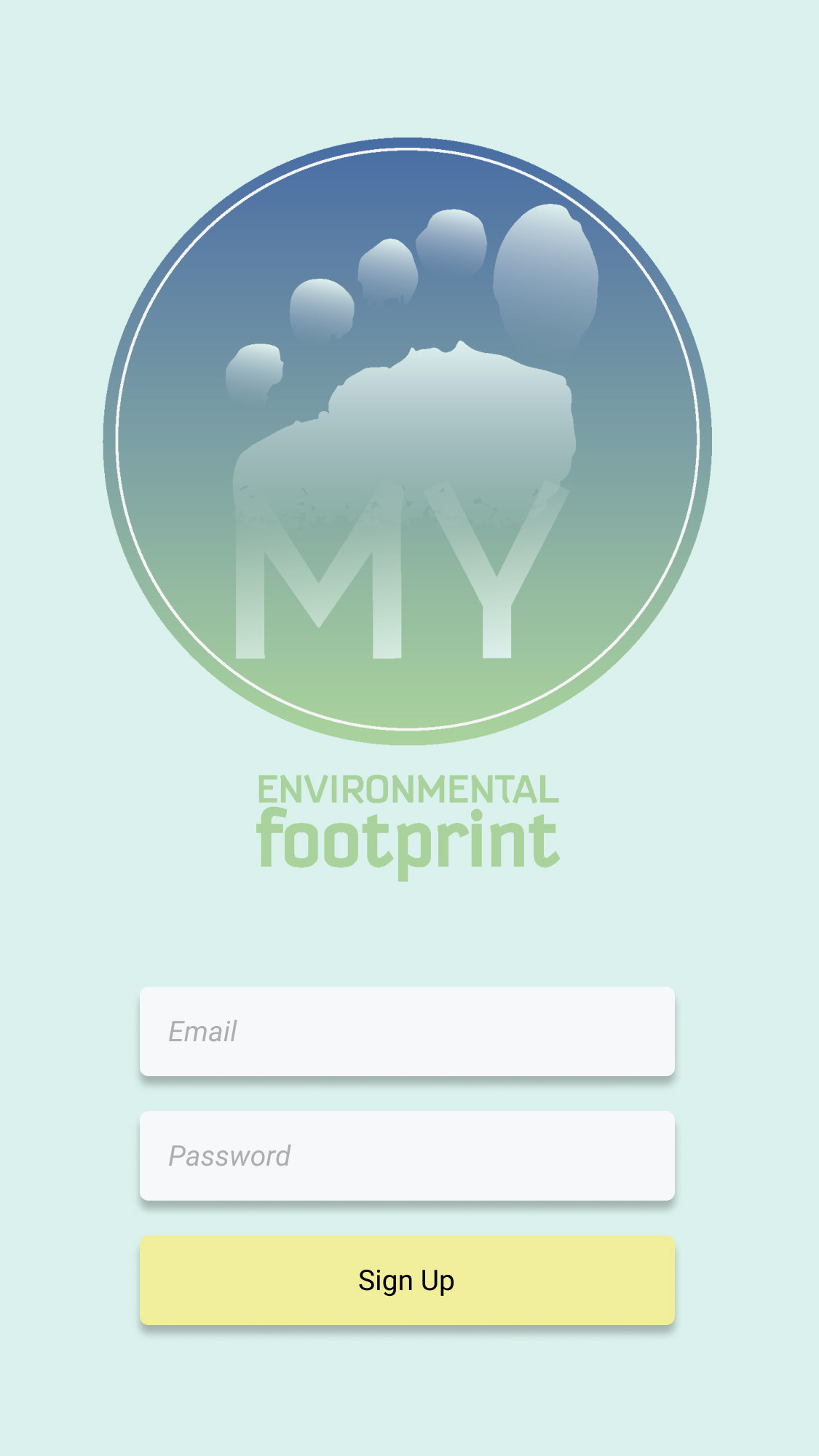
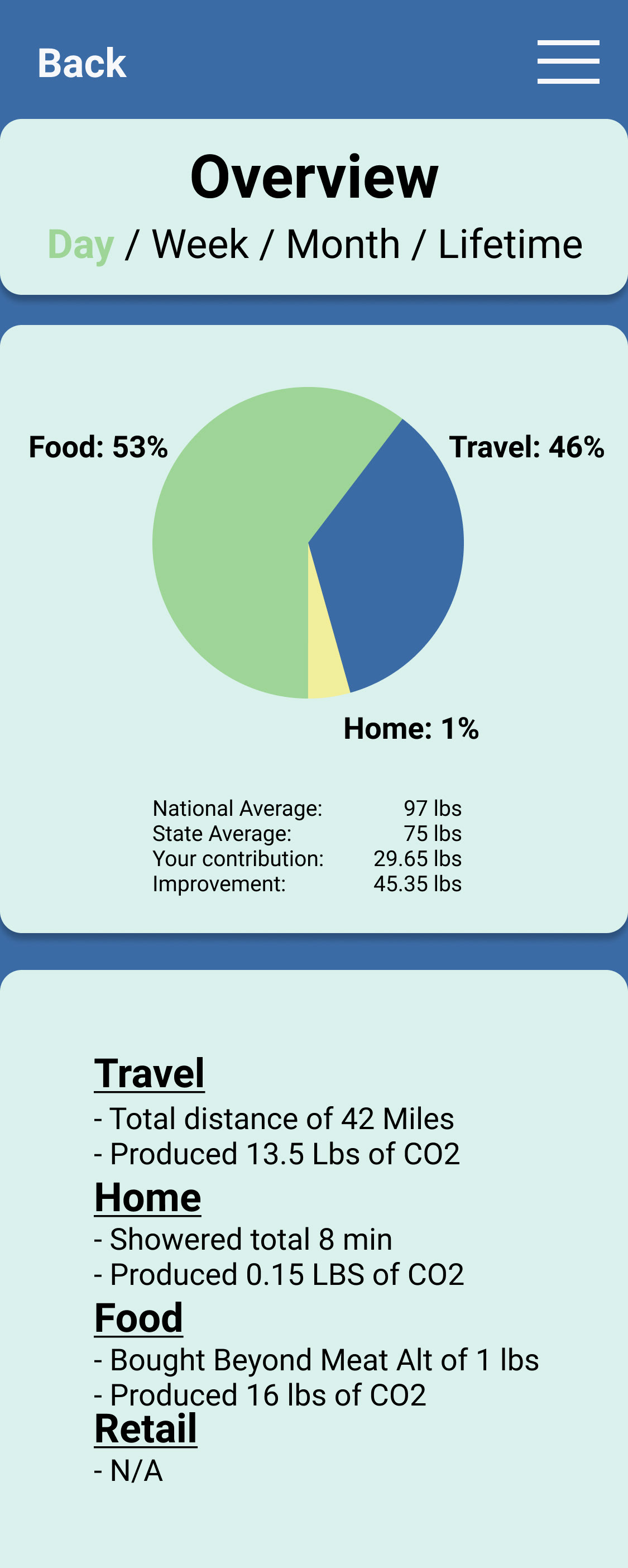

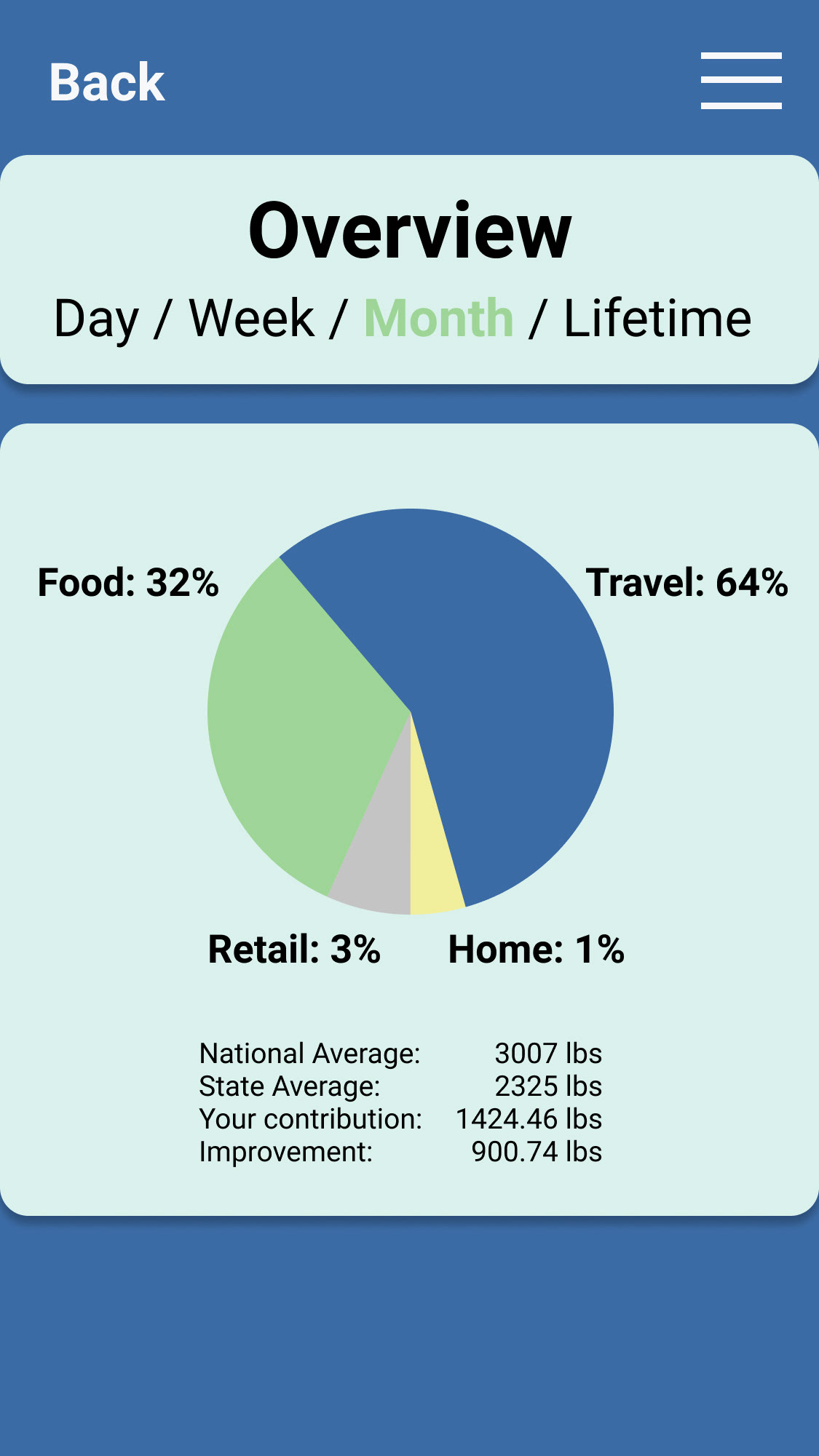
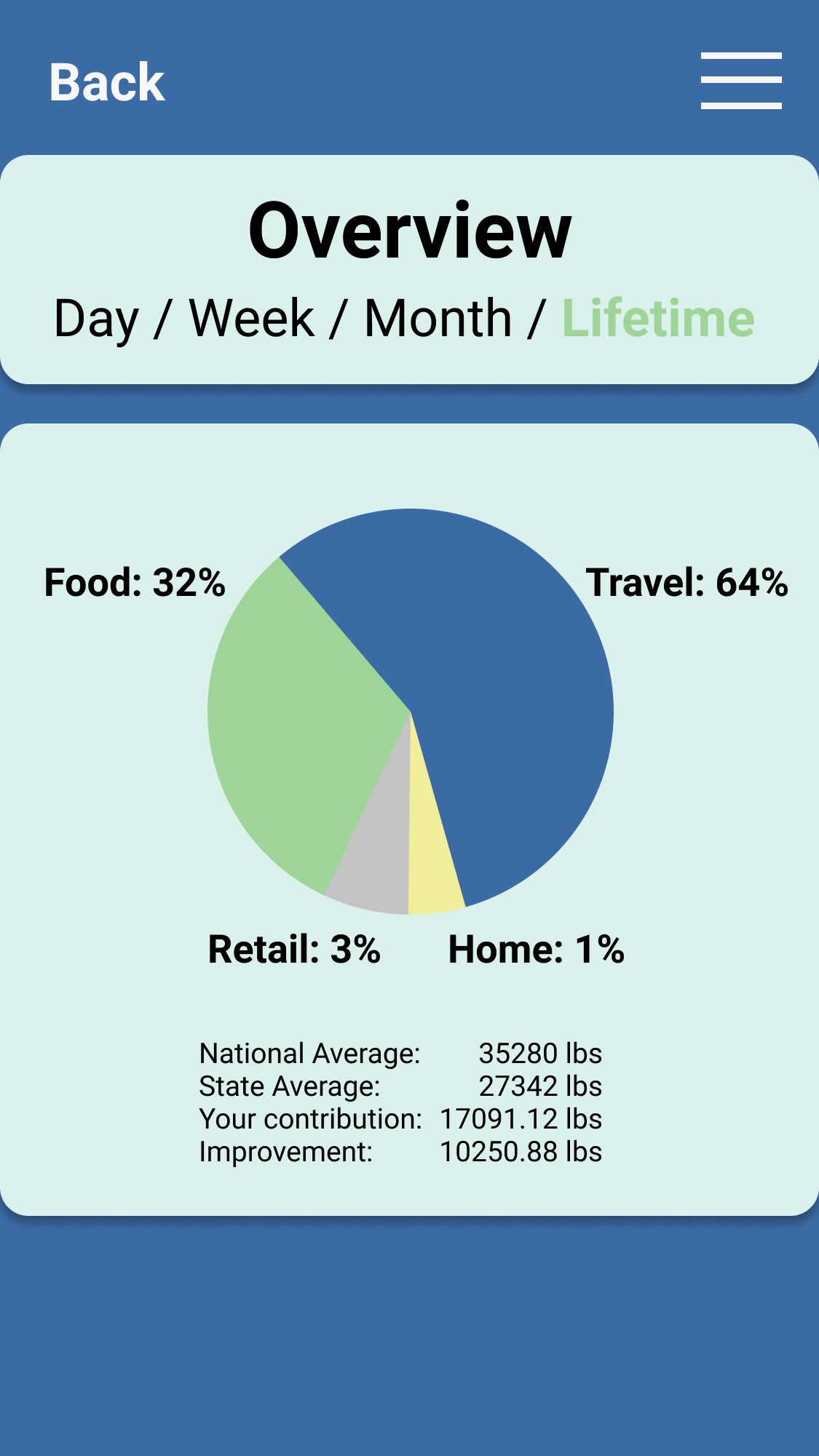
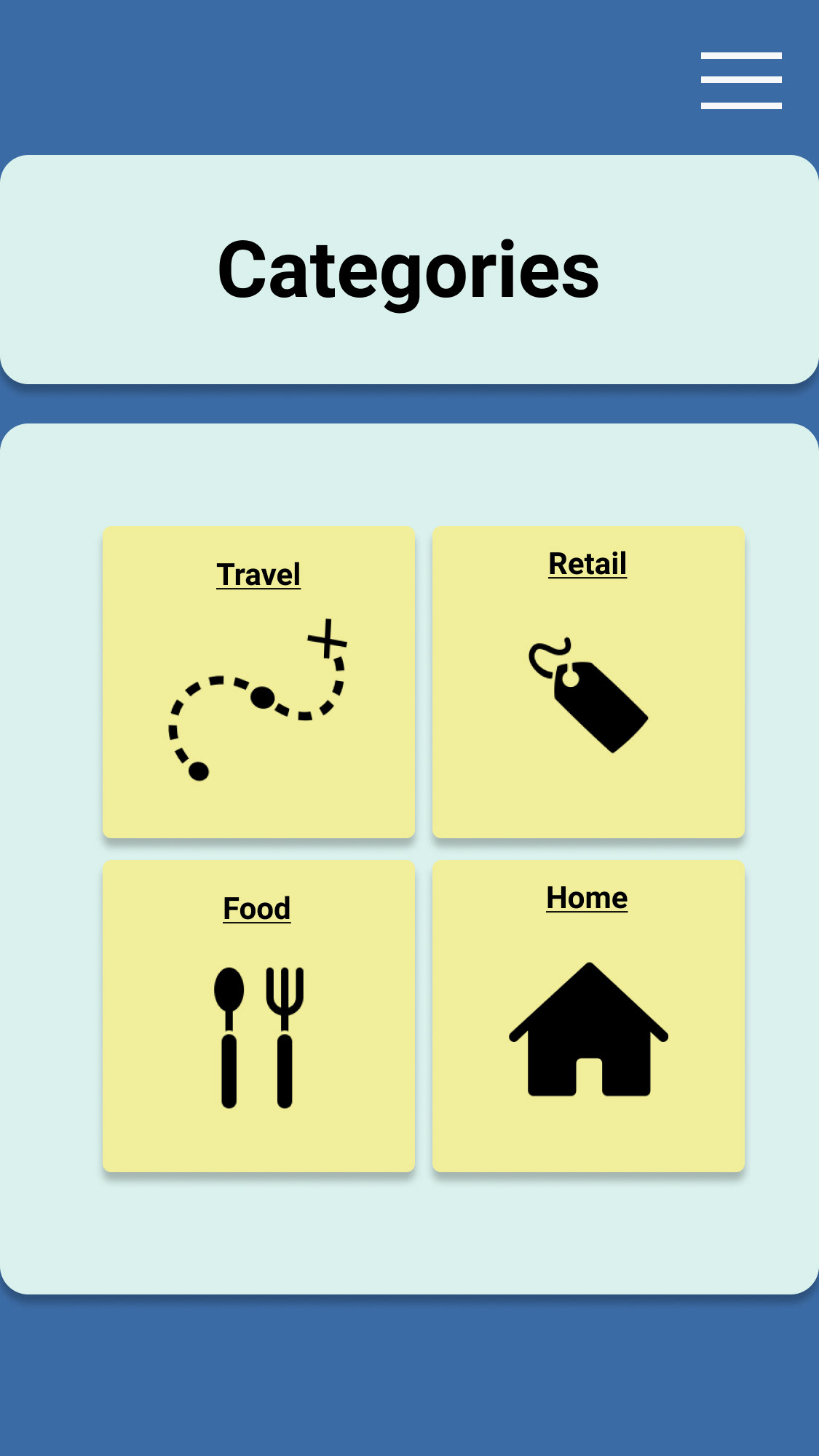
2) Travel and food categories
The travel category has two options: public or personal, and from there track the distance of their journey. The food category tracks meat, dairy, and alternative options while breaking it down to pounds.
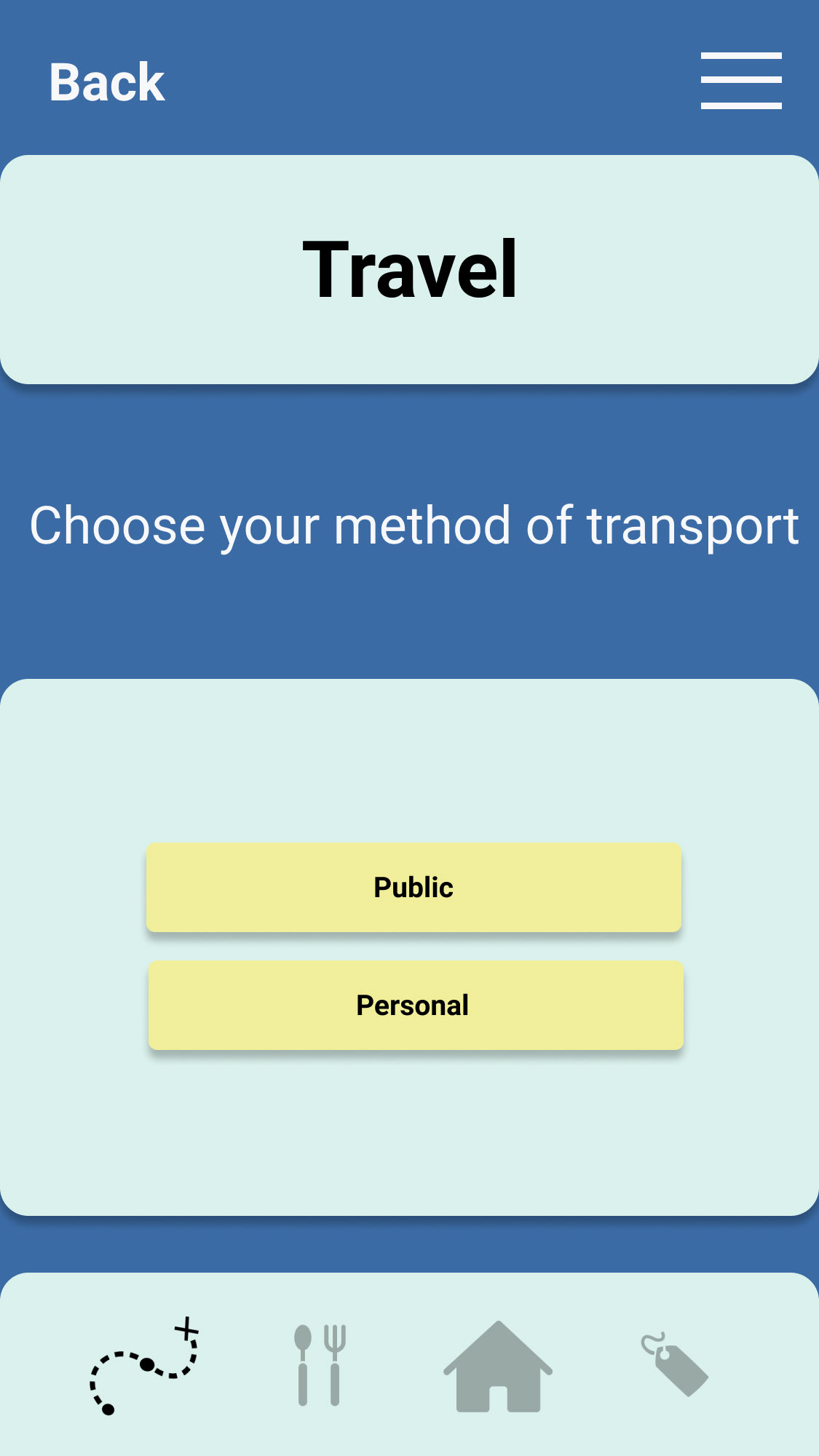

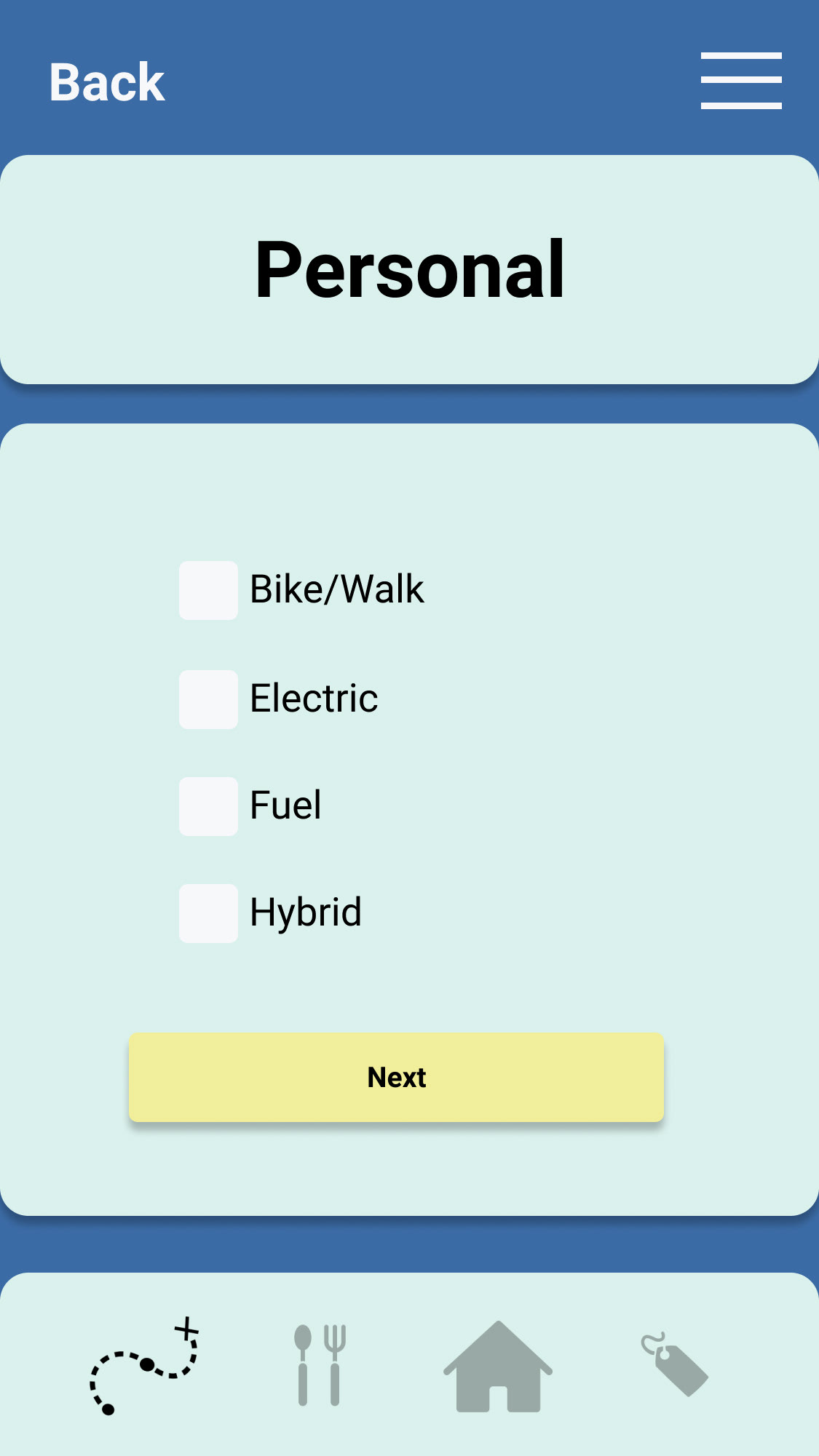
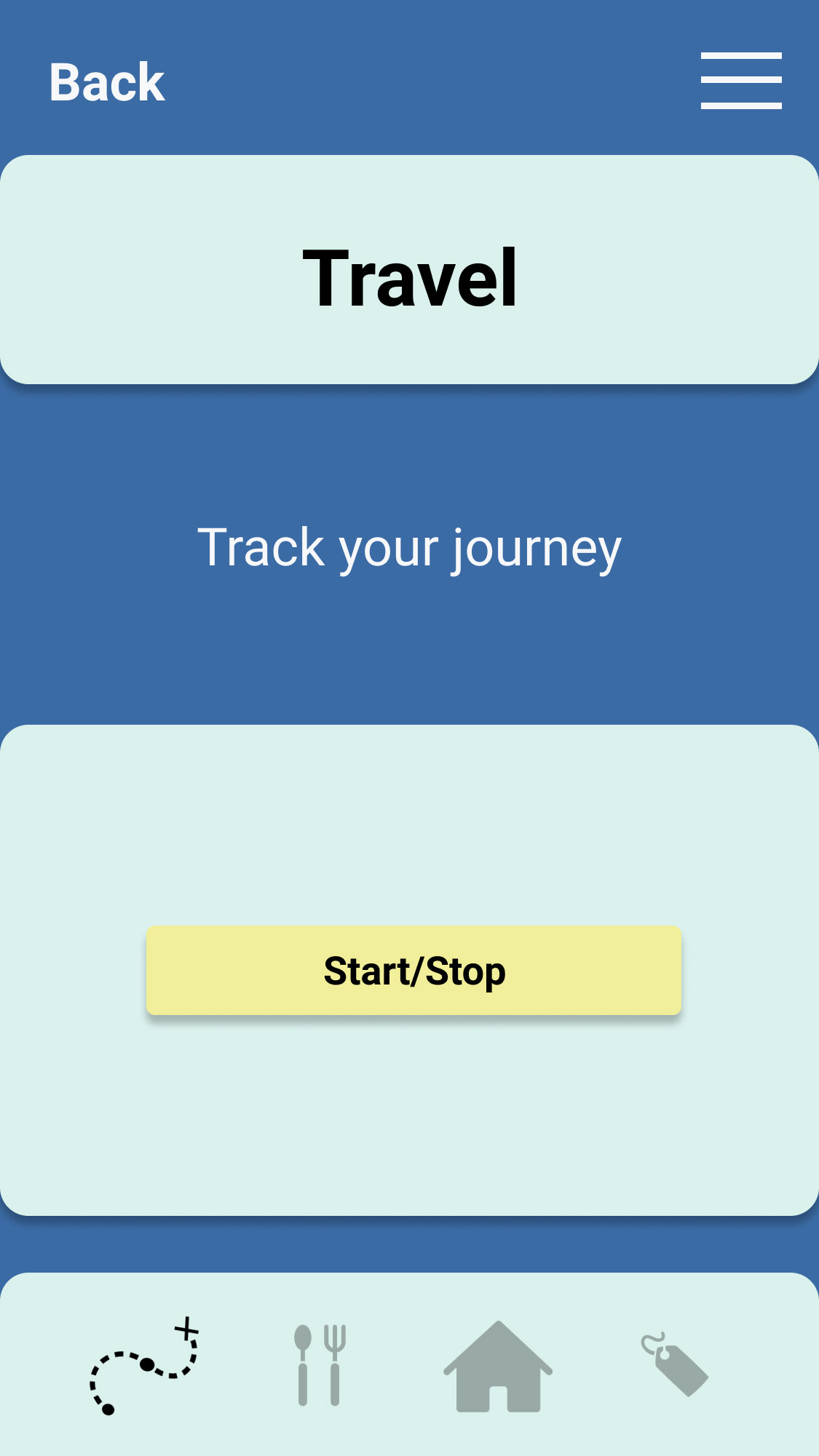

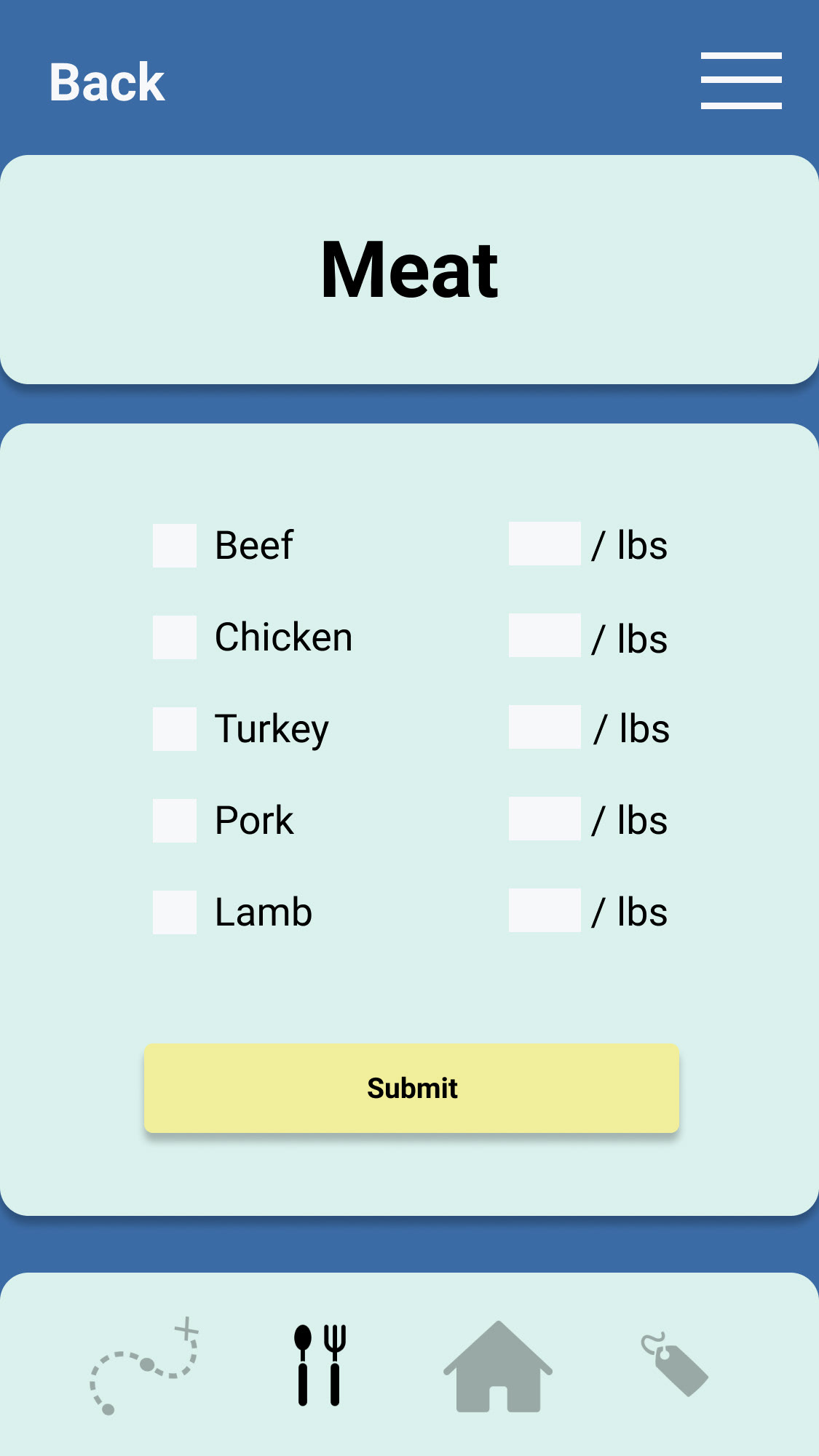
3) Home and retail categories
The home category has three options: gas, water, and electric. These can be tracked by temperature, and duration of time. The retail category has options to log the purchases and number of items bought. Our tips and suggestions will highlight useful C02 reduction techniques and environmentally friendly alternatives that people can purchase over what they currently use.
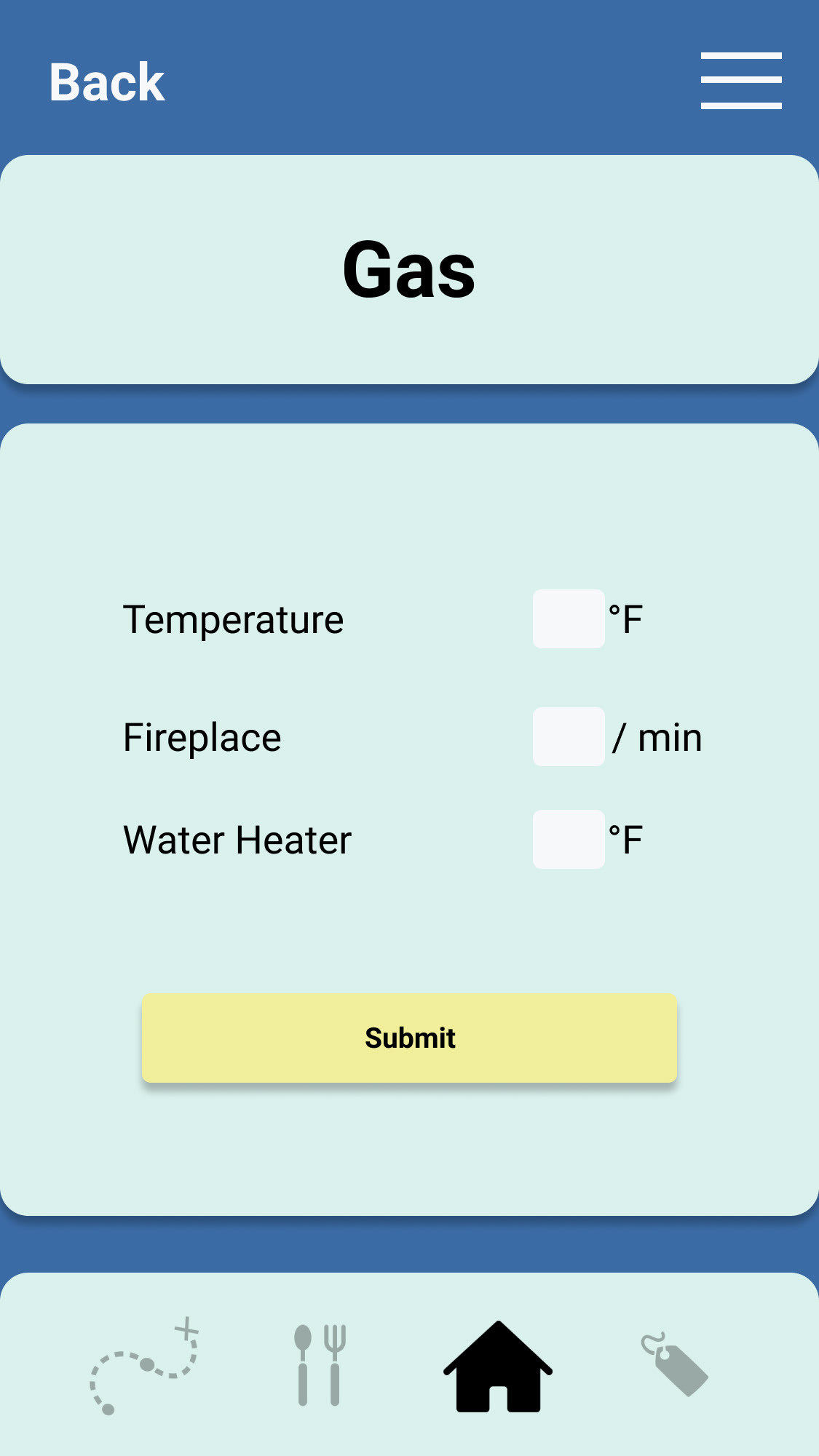
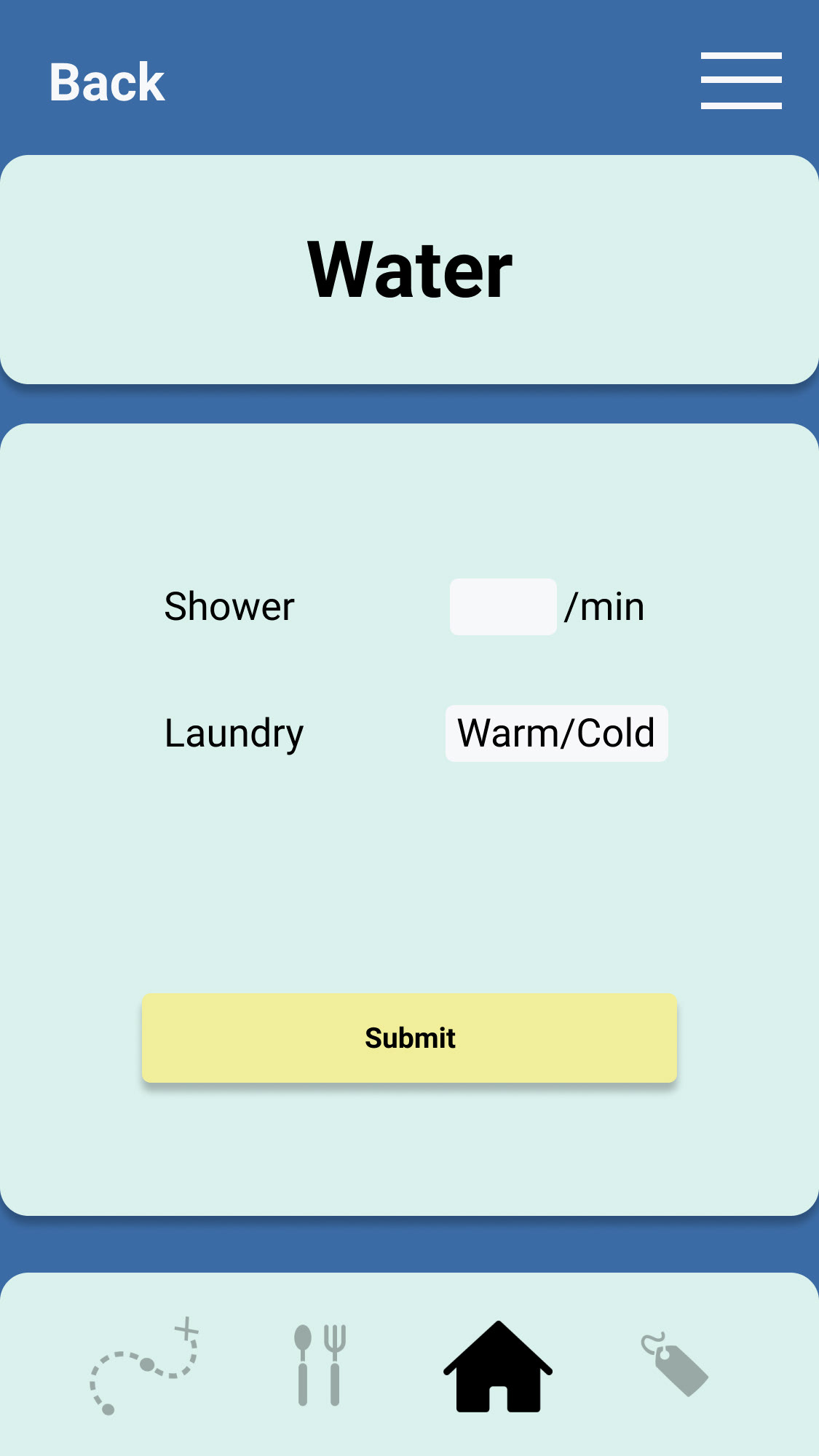
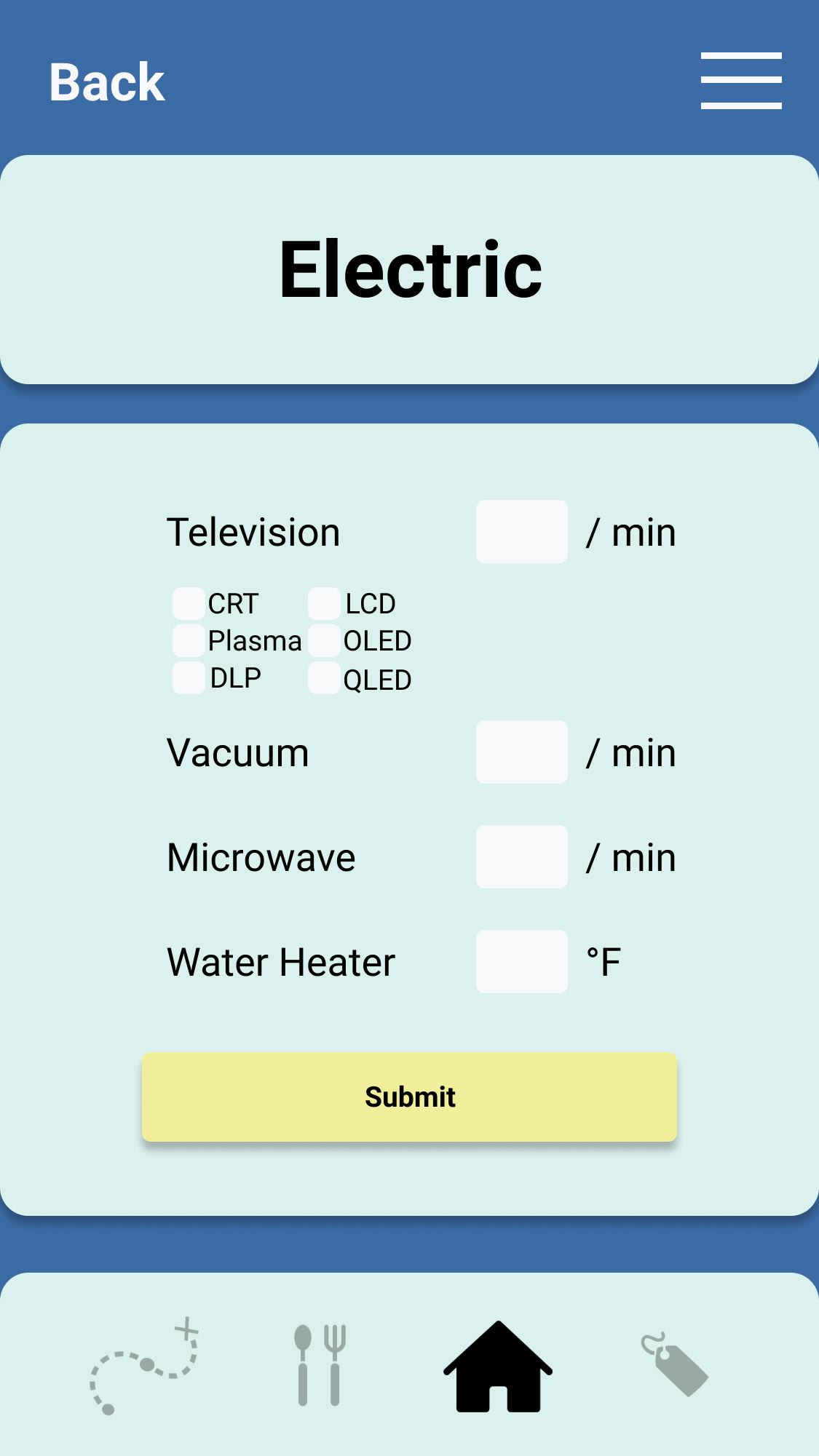
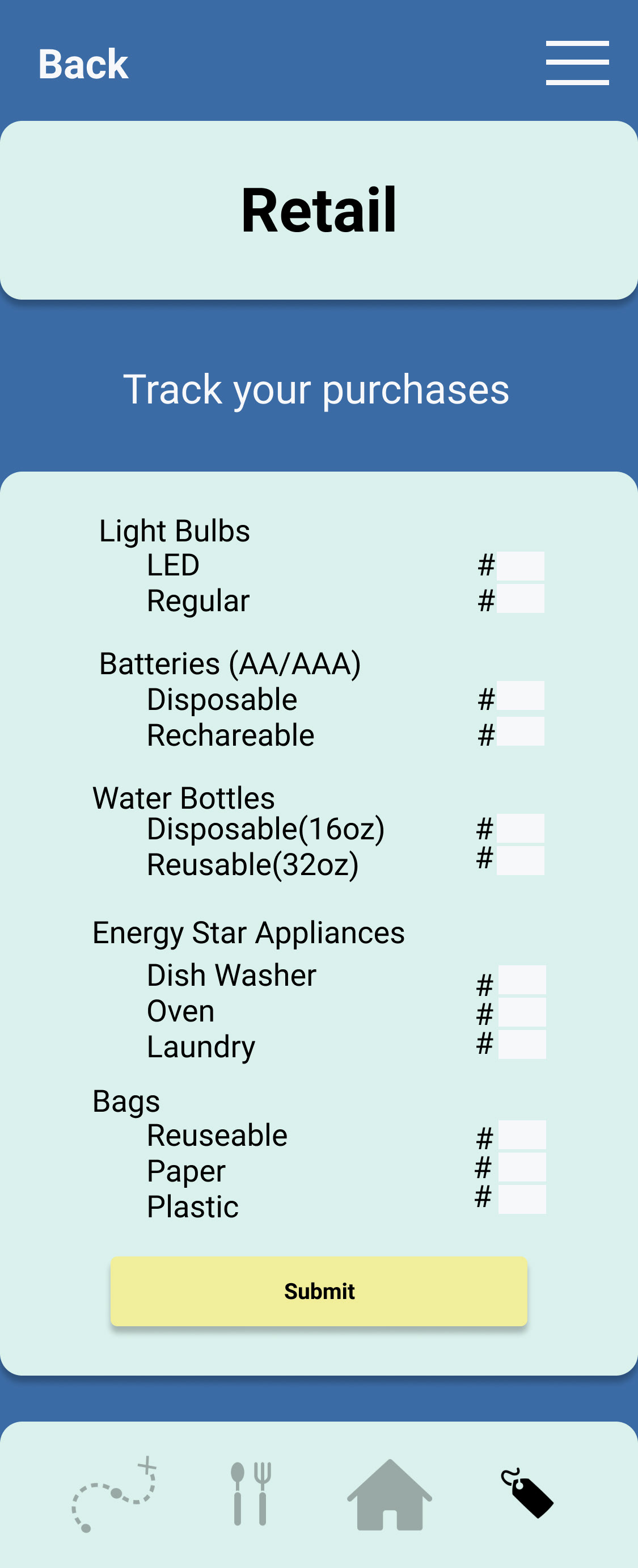
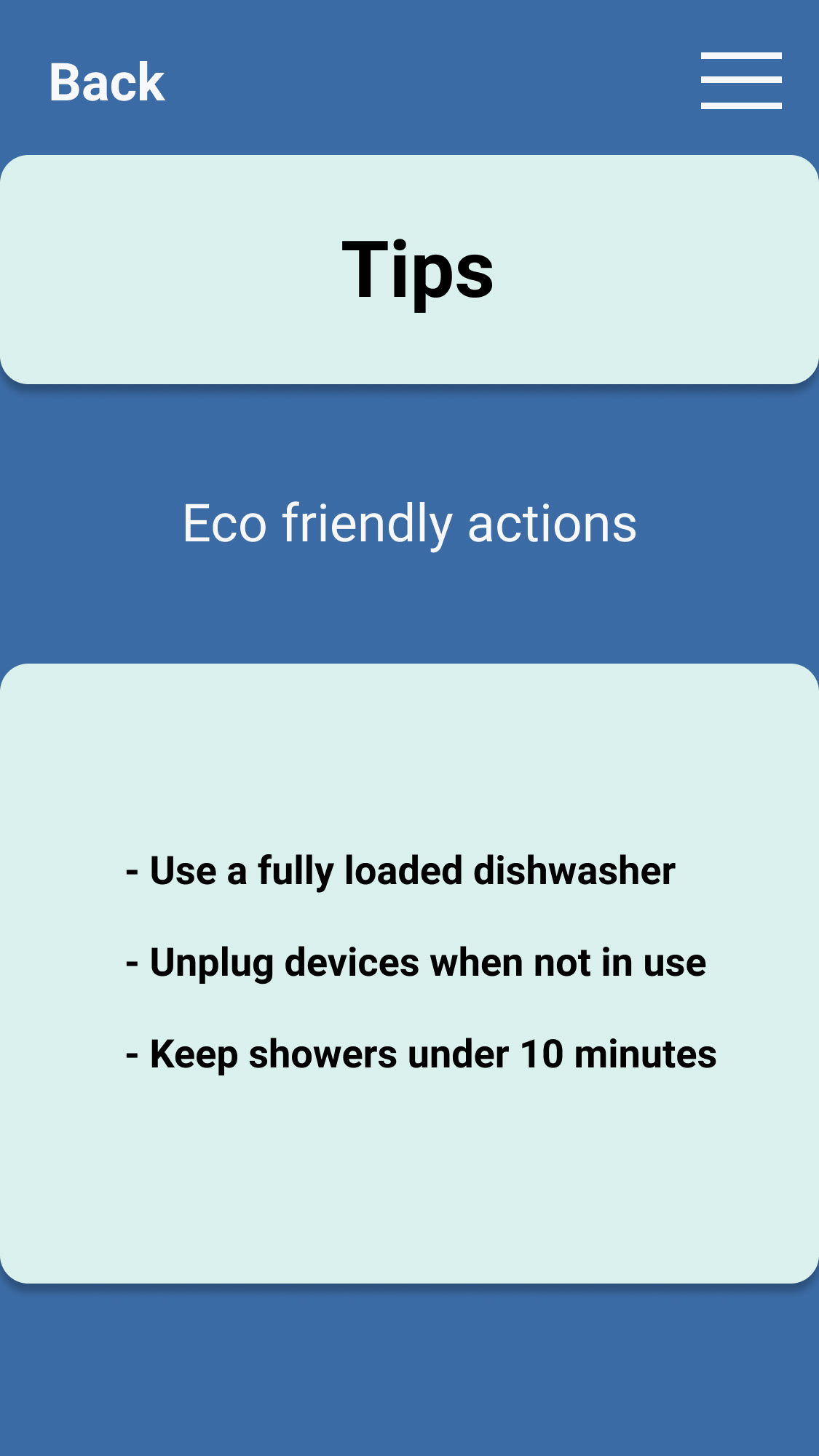
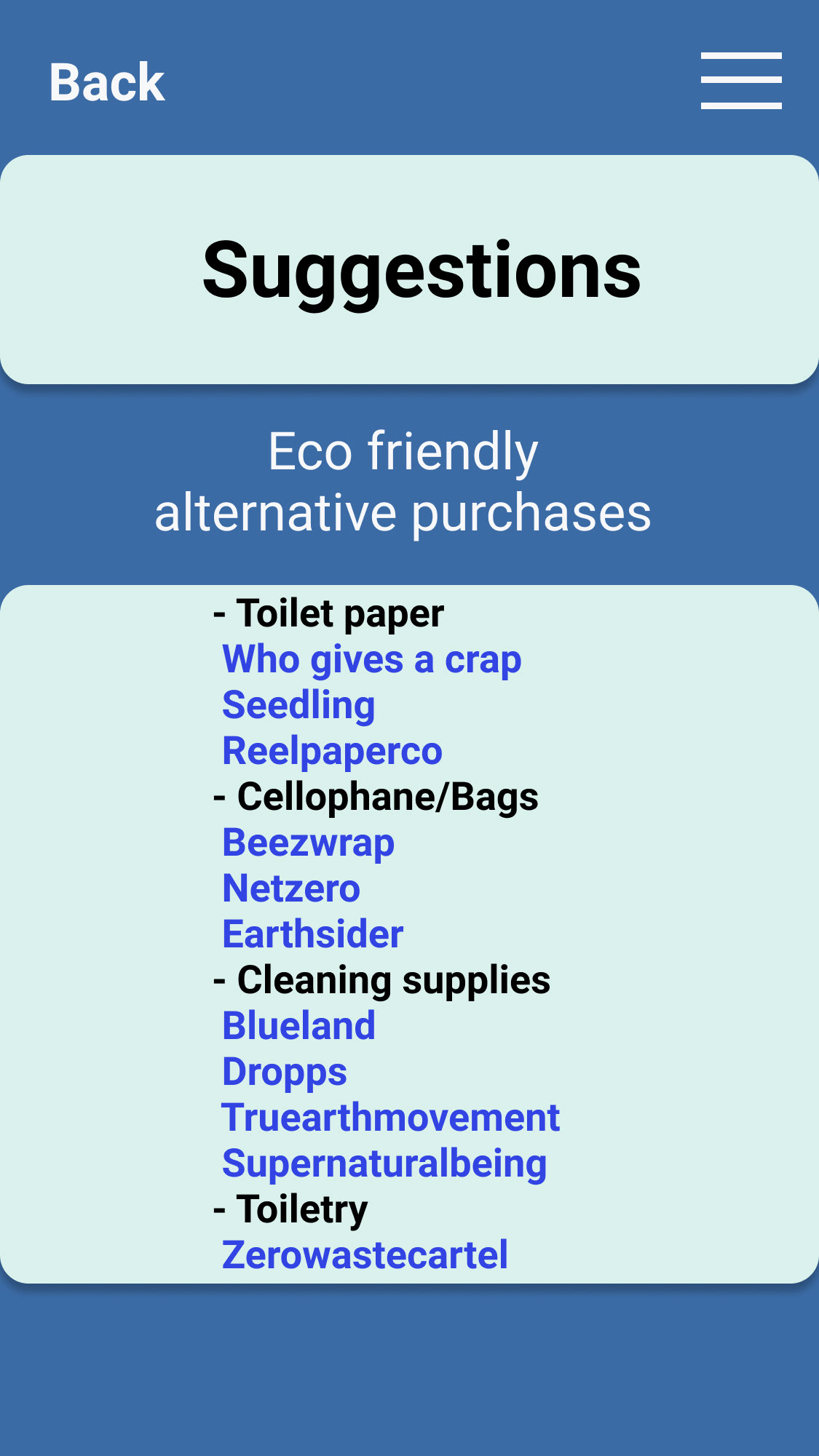
Our Calculations
1) We set out to find out how to quantify a person's individual actions. We needed to know data on how much emissions are contributed and calculated. We began looking to see how that added up over time (positively or negatively).
2) In our research we found that the EIA (U.S. Energy Information Administration) tracks carbon dioxide emissions every year. We pulled recent data (2016) that was filtered by state calculated in million metric tons of CO2.
3) We cross-referenced state data with U.S. Census population data (2016) to make a calculation of carbon emissions on a per person basis.
4) A compilation of simple activities and daily habits were compiled to compute and convert the million metric tons into a simple measurement unit (pounds). These calculations were used to produce our animated and stunt executions.


Animated Infographics
We used our quantification methods to bring relevant facts to life. Our approach was an execution that created messaging that could reach and empower the community through social.
Youtube Pre-roll
In addition, we wanted to pose thought-provoking questions to large audiences that would drive viewership to My Environmental Footprint.
Stunt
Venetian Hotel, Las Vegas
To bring the data to life we executed a stunt depicting the size of what one ton of C02 equivalent looks like. Showing this helps a person realize the severity of carbon emissions in all of its shapes and forms. We strategically placed an inflatable at a high traffic area amongst the Las Vegas strip that uses 20% of all energy consumed in the city every year.
The Result
No one person can solve this problem, but each of us can do something. Individual change compels systemic change. We have the chance to help people make the difference our planet needs.
The Herbivores: Akin Abode (CW), Cody Colvin (CBM), Salome Guruli (AD), James Realubit (XD)